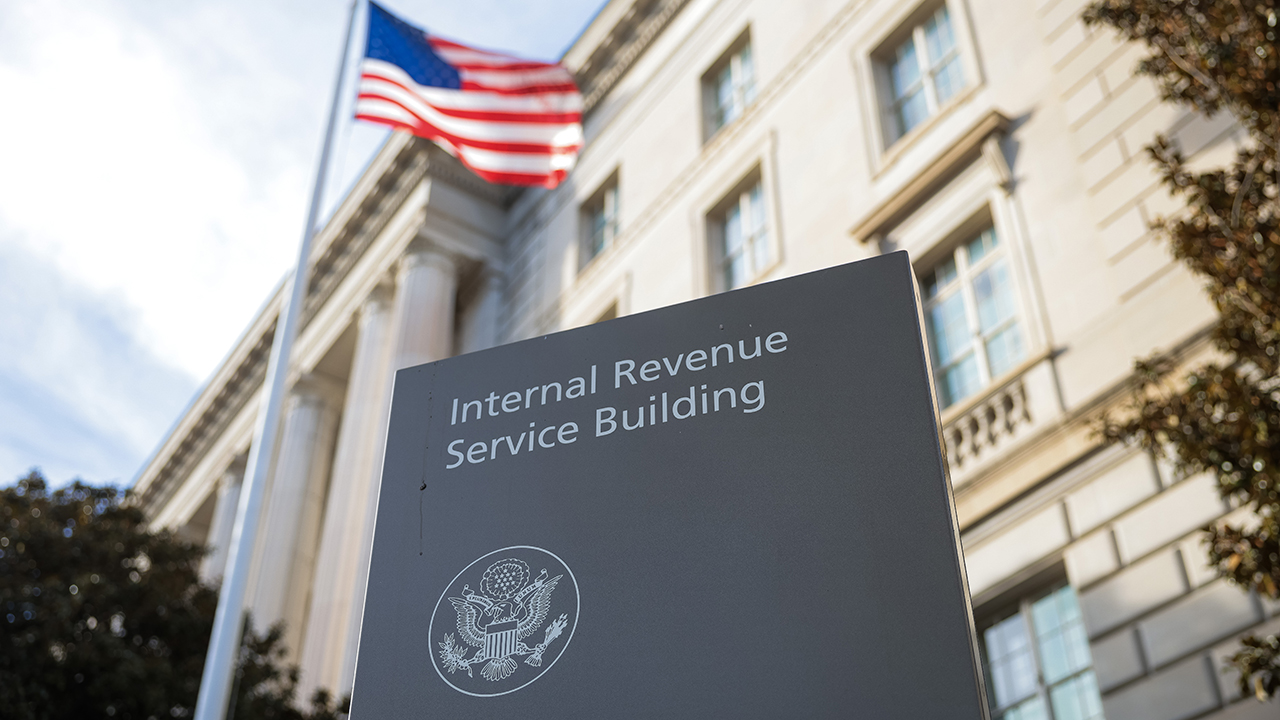Macroeconomic Winds and Industrial Demand Drive Silver to Multi-Year Highs

Federal Reserve Policy and Safe-Haven Dynamics Shape Trading Environment
Silver markets displayed characteristic volatility on Tuesday as the precious metal consolidated near its highest levels since 2011, reflecting a complex interplay of monetary policy expectations, geopolitical uncertainties, and robust industrial demand. The white metal’s resilience at these elevated levels underscores shifting investor sentiment as markets navigate an increasingly uncertain macroeconomic landscape.
The Federal Reserve’s monetary policy trajectory remains the primary driver of precious metals sentiment, with markets now pricing in a near 90% probability of a 25 basis point rate cut at the upcoming September meeting. This dovish positioning gained momentum following remarks from San Francisco Federal Reserve President Mary Daly, who highlighted emerging fragilities in the U.S. labor market and characterized potential tariff-driven inflationary pressures as likely transitory rather than persistent structural changes.
Daly’s comments carry particular weight given her voting status on the Federal Open Market Committee and her historically measured approach to monetary policy communication. Her emphasis on labor market vulnerabilities suggests Fed officials are increasingly concerned about employment dynamics, potentially prioritizing growth support over inflation concerns in the near term. This dovish tilt has provided fundamental support for non-yielding assets like silver, as lower interest rates reduce the opportunity cost of holding precious metals.
Political Uncertainty Amplifies Safe-Haven Demand
Beyond immediate monetary policy considerations, broader concerns over Federal Reserve independence have emerged as a significant market factor. Political rhetoric questioning central bank autonomy, combined with uncertainty surrounding U.S. trade policy direction, has elevated safe-haven demand across precious metals complex. Silver, while more industrially exposed than gold, continues to benefit from this defensive positioning as investors seek portfolio diversification amid institutional uncertainty.
The precious metals market’s response reflects deeper anxieties about policy consistency and institutional stability. Trade policy uncertainty, in particular, creates complex cross-currents for silver, given its dual role as both a safe-haven asset and critical industrial input. While tariff policies might theoretically support domestic industrial activity, the associated uncertainty and potential for retaliatory measures have kept risk premiums elevated across commodity markets.
Solar Energy Boom Drives Industrial Silver Consumption
On the industrial demand side, silver’s strategic importance in renewable energy infrastructure has never been more apparent. China’s solar cell export surge, which exceeded 70% growth in the first half of 2025, represents a fundamental shift in global energy infrastructure deployment. This dramatic expansion reflects not only China’s manufacturing dominance in photovoltaic technology but also accelerating global adoption of solar energy solutions.
The significance of this trend extends beyond immediate silver consumption. Each gigawatt of solar capacity requires approximately 20 tons of silver, primarily for photovoltaic cell conductivity. China’s export surge suggests global solar installations are accelerating at an unprecedented pace, creating sustained industrial silver demand that transcends typical economic cycles.
Malaysia’s approval of nearly 2,000 MW in new solar capacity, including major floating solar projects, illustrates this global momentum. Floating solar installations represent particularly silver-intensive applications due to enhanced durability requirements in marine environments. Malaysia’s commitment to large-scale floating solar demonstrates how emerging markets are embracing advanced renewable technologies, further driving industrial silver consumption.
These developments position silver uniquely among precious metals, benefiting from both safe-haven demand and structural industrial growth. Unlike gold, which relies primarily on investment and jewelry demand, silver’s industrial applications provide fundamental demand support that persists across various economic scenarios.
Institutional Investment Flows Signal Sustained Confidence
Investor positioning data reveals sustained confidence in silver’s long-term prospects. Global silver exchange-traded products recorded remarkable inflows of 95 million ounces during the first half of 2025, pushing total holdings to 1.13 billion ounces – approaching historical record levels. This institutional accumulation suggests sophisticated investors view current price levels as sustainable rather than speculative excesses.
The scale of these inflows is particularly significant given silver’s smaller market size compared to gold. The 95 million ounce inflow represents approximately 3% of annual global silver mine production, indicating institutional demand is meaningfully impacting physical market dynamics. This concentrated institutional interest creates potential for continued price support, as large holders typically maintain positions across extended time horizons.
However, market dynamics remain nuanced. While institutional and industrial demand provide strong fundamental support, traditional jewelry demand faces pressure from elevated prices. Silver jewelry consumption tends to be highly price-elastic, particularly in emerging market economies where silver jewelry serves as both ornamentation and store of value. High prices may temporarily reduce jewelry fabrication demand, though this cyclical softness is likely overshadowed by structural industrial growth.
Technical and Fundamental Outlook Remains Constructive
From a technical perspective, silver’s ability to maintain proximity to multi-year highs despite broader market volatility suggests underlying strength. The metal’s performance relative to other commodities and financial assets indicates silver-specific factors are driving price action, rather than general commodity momentum or dollar weakness alone.
The convergence of dovish Federal Reserve policy, industrial demand growth, and institutional accumulation creates a supportive fundamental backdrop that could sustain higher price levels. While short-term volatility remains likely given silver’s historical price sensitivity, the underlying supply-demand dynamics appear increasingly favorable.
Looking forward, several factors warrant monitoring. Federal Reserve communication will remain crucial, particularly any signals about the pace and extent of rate cuts. Industrial demand trends, especially solar energy deployment rates and technological developments that might alter silver intensity requirements, will influence long-term demand projections.
Supply-side dynamics also merit attention. Silver mine production has remained relatively constrained, while recycling flows from industrial applications face technological challenges. This supply backdrop, combined with robust demand growth, suggests the current price environment may represent a new equilibrium rather than temporary elevation.
The silver market’s current positioning reflects a rare convergence of monetary, industrial, and investment factors all trending favorably. While volatility will likely persist, the fundamental case for sustained higher prices appears increasingly compelling as traditional safe-haven demand combines with structural industrial growth in renewable energy infrastructure.
The post Macroeconomic Winds and Industrial Demand Drive Silver to Multi-Year Highs appeared first on European Business & Finance Magazine.
















































